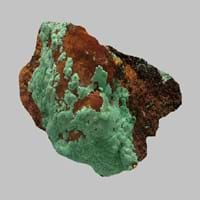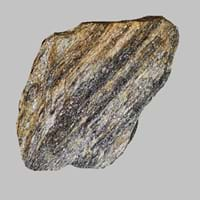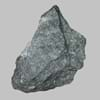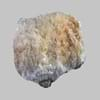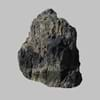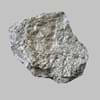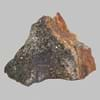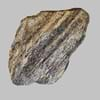Formation
Earth movements can cause rocks to be either deeply buried or squeezed and hence the rocks are heated and put under great pressure.
Mylonites are ductilely deformed rocks formed by the accumulation of large shear strain, in ductile fault zones.
Mineral Content
Apatite, Augite, Biotite, Bronzite, Calcite, Chert, Epidote, Feldspar, Hornblende, Micas, Plagioclase, Pyroxene, Quartz, Sulfides, Zircon
Porphyroblasts
Compound Content
Aluminium Oxide, CaO, Fe, FeO, Silicon Dioxide, Sulphur
Aluminium Oxide, Calcium Sulfate, Chromium(III) Oxide, Iron(III) Oxide, Magnesium Carbonate, Silicon Dioxide
Types of Metamorphism
Not Applicable
Not Applicable
Types of Weathering
Not Applicable
Biological Weathering, Chemical Weathering, Mechanical Weathering
Types of Erosion
Chemical Erosion, Sea Erosion, Wind Erosion
Chemical Erosion, Sea Erosion, Wind Erosion
Gossan and Mylonite Formation
Formation of rocks is a long process and hence, Gossan and Mylonite formation sounds very interesting. According to the formation, all rocks are divided into :Igneous Rocks, Fossil Rocks and Metamorphic Rocks. Igneous rocks form by crystallization of magma or lava. The magma is made up of various components of pre-existing rocks which have been subjected to melting either at subduction zones or within the Earth's mantle. Igneous rocks are generally seen at mid ocean ridges or in intra-plate hotspots. Sedimentary rocks are formed when sediments accumulate gradually. As the sediments are buried they get compacted as more and more material is deposited on top. Eventually the sediments become so dense that they form a rock. Metamorphic rocks are rocks which once existed as igneous or sedimentary rocks but have been subjected to varying degrees of pressure and heat within the Earth's crust. Get to know all about formation of Gossan and Mylonite, composition of Gossan and Mylonite and their transformation.
